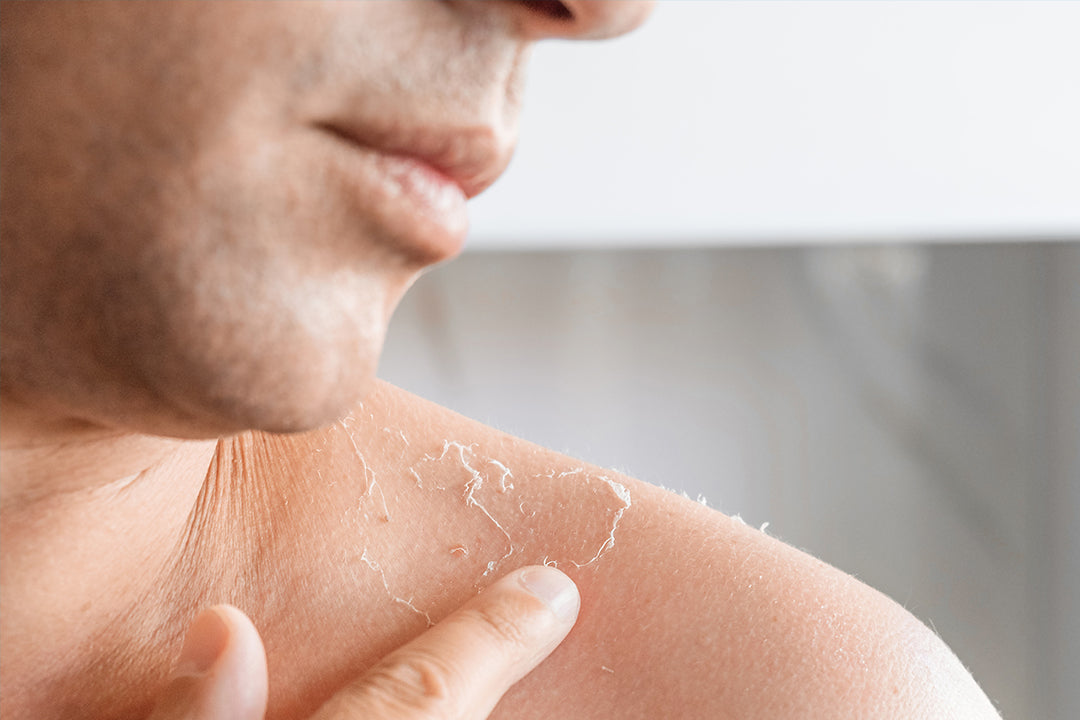Squalane and hyaluronic acid are two popular skincare ingredients known for their hydrating properties. While both provide nourishment and hydration to the skin, they have distinct differences. In this blog post, we will explore the differences between squalane and hyaluronic acid, their benefits, and whether one is better than the other.
What is Squalane?
Squalane is a lightweight, non-comedogenic oil derived from plants or synthesized from squalene, a natural component of the skin's sebum. It has excellent moisturizing properties and helps to enhance skin elasticity and smoothness.
What is Hyaluronic Acid?
Hyaluronic acid, also known as HA, is a substance naturally found in the body. It is a powerful humectant that attracts and retains moisture, making it an effective hydrating ingredient. It plumps the skin, reduces the appearance of fine lines and wrinkles, and promotes a smoother complexion.
Squalane vs. Hyaluronic Acid: The Differences
While both squalane and hyaluronic acid provide hydration, they differ in their mode of action and some other aspects:
- Squalane is an oil, while hyaluronic acid is a gel-like substance.
- Squalane is lightweight and absorbs quickly into the skin, leaving no greasy residue. Hyaluronic acid has a thicker consistency and may leave a slightly sticky feeling on the skin.
- Squalane helps to improve skin elasticity and smoothness, while hyaluronic acid primarily focuses on hydration and plumping.
- Squalane has antioxidant properties, which can help protect the skin from environmental damage. Hyaluronic acid does not have antioxidant properties.
Benefits of Squalane
Squalane offers several benefits for the skin:
- Deep hydration: Squalane penetrates the skin deeply, providing intense hydration and preventing moisture loss.
- Improves skin texture: Regular use of squalane can help improve skin texture, making it softer and smoother.
- Enhances skin elasticity: Squalane helps to improve skin elasticity, making it look firmer and more youthful.
- Antioxidant properties: Squalane has antioxidant properties, which can help protect the skin from free radicals and environmental damage.
Benefits of Hyaluronic Acid
In addition to offering intense hydration and improving skin elasticity, Hyaluronic acid offers several benefits for the skin:
- Plumps the skin: By retaining moisture, hyaluronic acid plumps the skin, reducing the appearance of fine lines and wrinkles.
- Soothes and calms the skin: Hyaluronic acid has soothing properties, making it suitable for sensitive or irritated skin.
Can You Use Squalane and Hyaluronic Acid Together?
Absolutely! Squalane and hyaluronic acid can be used together to maximize hydration and nourishment for the skin. Squalane can be applied as a moisturizer or mixed with other skincare products, while hyaluronic acid is often found in serums or moisturizers. Applying squalane first, followed by hyaluronic acid, can help seal in moisture and provide a double dose of hydration.
Key Takeaways
Both squalane and hyaluronic acid are excellent hydrating skincare ingredients with their own unique benefits. While squalane focuses on moisturizing, improving skin texture, and providing antioxidant protection, hyaluronic acid excels at deep hydration, plumping the skin, and soothing irritation. Ultimately, the choice between squalane and hyaluronic acid depends on individual preferences and skincare goals. For maximum hydration, consider using both together for a well-rounded skincare routine!









